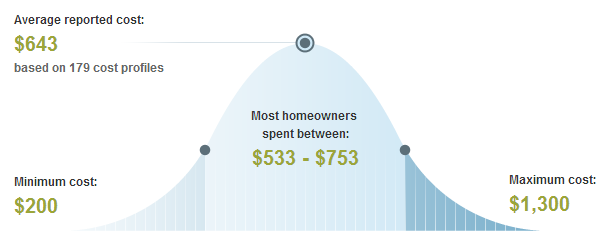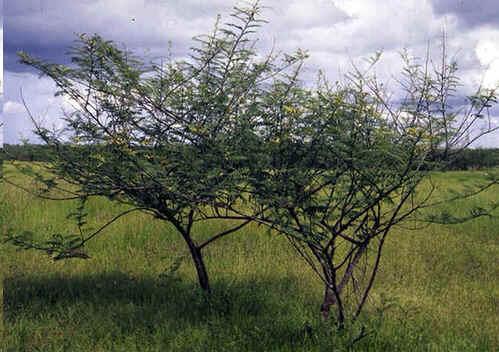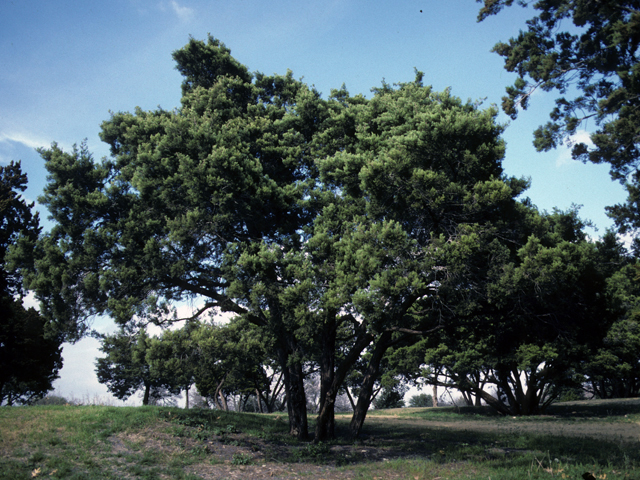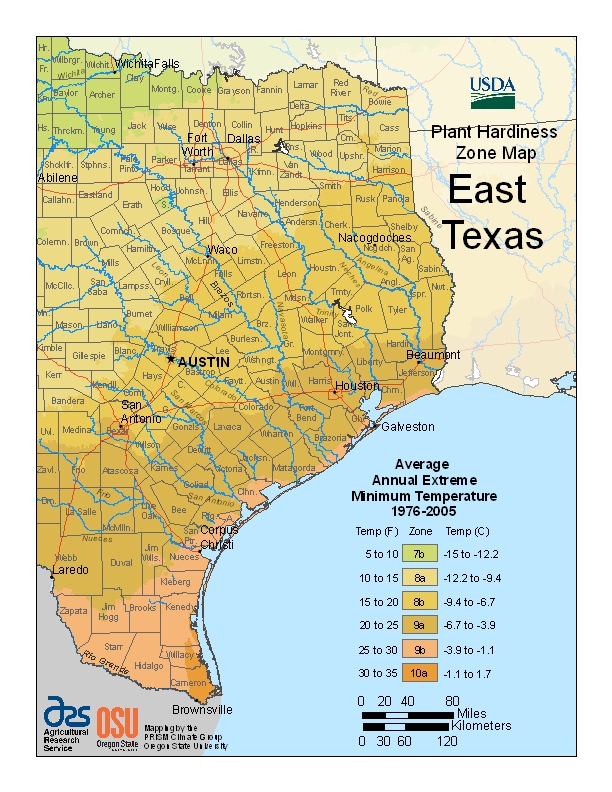Skip to a section:
- Costs – Despite the climate in Austin, Texas, much of the area is covered in trees that require maintenance or removal throughout the year. Learn more about the average cost to maintain the trees in your yard and remove stumps that mess you up when trying to mow quickly on those hot days.
- FAQs – Want to know the best time to get a tree uprooted? We know when. We also have information on some of the best tree types to replace it, along with information on which trees not to plant, popular fruit trees to consider, insects to watch out for, regulations by the city of Austin to be aware of, and plant hardiness by zone in East Texas.
- Services – Do you need a hand getting those trees just perfect on a hot day in Austin? We have the list of tree specialists for you to reference.
How Much Do Tree Services Cost in Austin?
Despite Austin’s semi-arid climate, there are a number of trees that add green to the city’s landscape. Although trees can help to make your property look more attractive and give you more privacy, there are some reasons you might want to remove a tree. This guide helps break down the typical tree removal costs in t city.

Tree Removal Costs
If you want to have a tree completely removed from your property, online estimates give Austin residents an average cost of $643. Keep in mind that tree removal projects vary substantially. If the tree’s thinner or less special equipment is involved in the removal, it may cost around $533. To remove a tree near power lines or a house, it could cost closer to $753.
Stump Removal Costs
If you simply want to grind the stump down to the ground, estimates are between $80 and $132. However, removing the stump entirely will cost a lot more, between $300 and $350. This is due to the amount of work it takes to dig out the roots beneath the stump, not to mention the landscaping work it might take to fix the area after the stump is removed.
Average Cost of Tree Maintenance in Austin
You may need to trim the tree branches around power lines, prune trees to discourage disease or simply cut dead branches in the winter for new spring growth. Either way, rates for Austin range between $431 and $585 per project. The costs will depend on the state of the trees, their height, special equipment involved in their care, and the hours that will go into taking care of them. The average cost most Austin tree owners will pay for regular maintenance on them will average around $508.
Austin Tree Facts & FAQs
A city without trees is often described as unwelcoming, barren or unattractive. Thankfully, Austin is home to millions of trees that transform it into a beautiful place to live. To ensure that the city remains a lush area for centuries to come, here are some Austin regulations in place about tree removal as well as tips for the best trees to grow in the area.
Tree Rules and Regulations
The Austin City Arborist enforces strict regulations regarding tree removal in the city. On residential property, no trees with a circumference of more than 60 inches are allowed to be removed without a permit. In order to get a permit, you will need to demonstrate how the tree is a potential threat to the area or your home. Trees with a circumference of more than 25 inches that are found on commercial properties are held to the same requirements.
According to Austin Energy, the most common cause of power outages in Austin is tree branches. Pruning is recommended throughout the year as a way to avoid problems. If Austin Energy does need to remove one of your trees, they will replace it with a suitable alternative that won’t grow quite tall enough to bother the power lines in the future.
Maintaining Trees in Austin
In Austin, the best time of year to remove trees is in January and February. In the cooler months, new growth slows or stops and makes pruning and maintenance easier. Plus, there are fewer nesting birds during the winter, which can help to maintain bird life in your area.
 The trees that are easiest to maintain in Austin are almost exclusively native trees. This means that the trees thrive in the natural environment and can live without extensive watering, which comes in handy during droughts. Trees that are hard to maintain are those that require lots of water on a daily basis. The University of Texas Austin Campus put together a list of the trees that will be easiest to maintain because they are native. Here are just a few of the most popular:
The trees that are easiest to maintain in Austin are almost exclusively native trees. This means that the trees thrive in the natural environment and can live without extensive watering, which comes in handy during droughts. Trees that are hard to maintain are those that require lots of water on a daily basis. The University of Texas Austin Campus put together a list of the trees that will be easiest to maintain because they are native. Here are just a few of the most popular:
- Acacia berlandieri – Catclaw mimosa
- Juglans nigra – Black walnut
- Quercus stellata – Post oak
- Ulmus americana – American Elm
Unfortunately, there are a number of tree diseases and pests that can damage the trees on your property. Oak wilt is a big problem in the city, and caterpillars often attack trees that are already stressed. Pruning in the winter can go a long way in preventing some of the most common tree diseases in Austin.
Picking Trees that Thrive
 According to the Tree Clinic, the most common trees in Austin are ashe junipers. This is because these trees thrive with full sunlight and the limestone soil that is so prevalent in the city. The other most common trees within Austin include red oaks, pecans and live oaks.
According to the Tree Clinic, the most common trees in Austin are ashe junipers. This is because these trees thrive with full sunlight and the limestone soil that is so prevalent in the city. The other most common trees within Austin include red oaks, pecans and live oaks.
The pecan tree (Carya illinoensis) was designated as the state tree of Texas in 1919. Pecan trees have long been grown in Texas, and they can reach staggering heights of well over 150 feet when fully matured.
Although Texas certainly boasts warm temperatures, tropical and sub-tropical fruit trees won’t grow in Austin due to the occasional winter freeze. The best fruits, oddly enough, often start with the letter P. These include plums, pears, peaches and pomegranates.
Plant Hardiness Zones in East Texas
Here are the plant hardiness zones for East Texas as provided by the USDA:

Image Sources:
Catclaw mimosa
Ashe juniper
Local Tree Services in Austin
